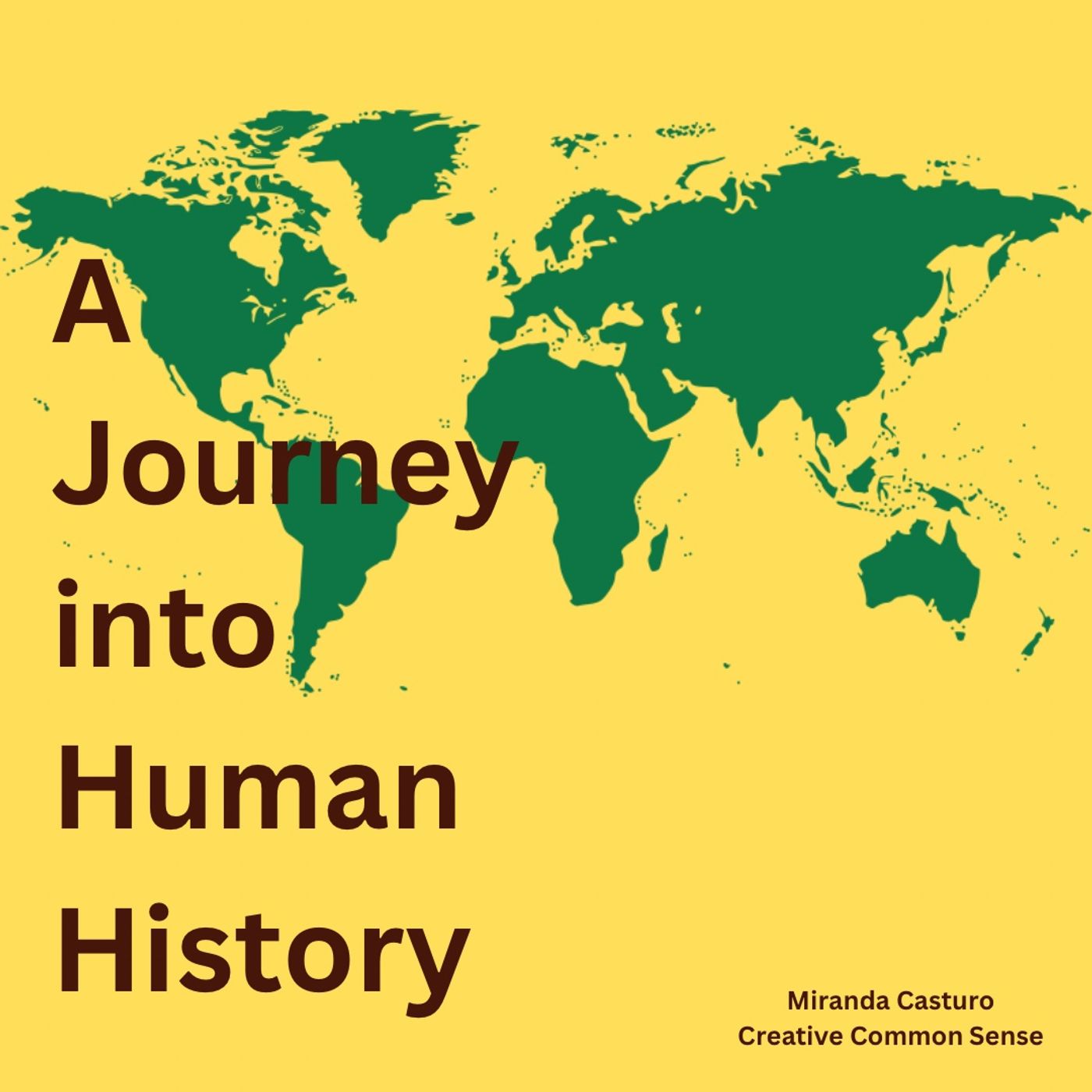South Asia in the Early Middle Ages
Description
The new religion of Islam came into India with waves of invaders, from Turkic speakers of central Asia to Arabs from the distant west. In the process, northeastern India became increasingly Muslim and influenced by Islamic culture owing to the arrival of these Turkic peoples. An Islamic state was established at Delhi—the Delhi Sultanate—which lasted more than three hundred years and became the center of Islamic India. However, because the minority Muslim rulers did not enforce cultural homogeneity, the invasions strengthened the cultural diversity that was already a hallmark of Indian social order. Despite Muslims beginning to engage in the Indian Ocean trade soon after their arrival in northern India, carrying goods and ideas with them throughout the subcontinent, the south remained Hindu in its cultural beliefs and ideas.
East Asia, particularly China, was affected by all this trade. Buddhism also began to take hold along the overland routes of the Silk Roads, particularly those linking India with China. The Sui dynasty not only adopted Buddhism but also expanded and strengthened trade across central Asia. Overextending themselves, however, the Sui were replaced by the Tang, who strengthened trade routes and ties with Buddhism even further. The An Lushan rebellion weakened the Tang, however, and eventually the Tang fell.
All images referenced in this podcast can be found at https://openstax.org/books/world-history-volume-1/pages/12-1-the-indian-ocean-world-in-the-early-middle-ages
Welcome to A Journey into Human History.
This podcast will attempt to tell the whole human story.
The content contained in this podcast was produced by OpenStax and is licensed under a Creative Commons Attribution License.
Access for free at https://openstax.org/books/world-history-volume-1/pages/1-introduction
Podcast produced by Miranda Casturo as a Creative Common Sense production.
More Episodes
Over the course of the eighteenth century, a series of famines and economic crises deepened wealth inequality and narrowed access to political power on both sides of the Atlantic. As the growing influence of the public sphere and Enlightenment ideas of equality and liberty shaped opposition to...
Published 12/25/23
Published 12/25/23
Over the course of the seventeenth and eighteenth centuries, the public sphere became an increasingly important component in the spread and development of Enlightenment ideas. As networks of informal socialization and intellectual exchange, coffeehouses provided a setting in which people from all...
Published 12/22/23


